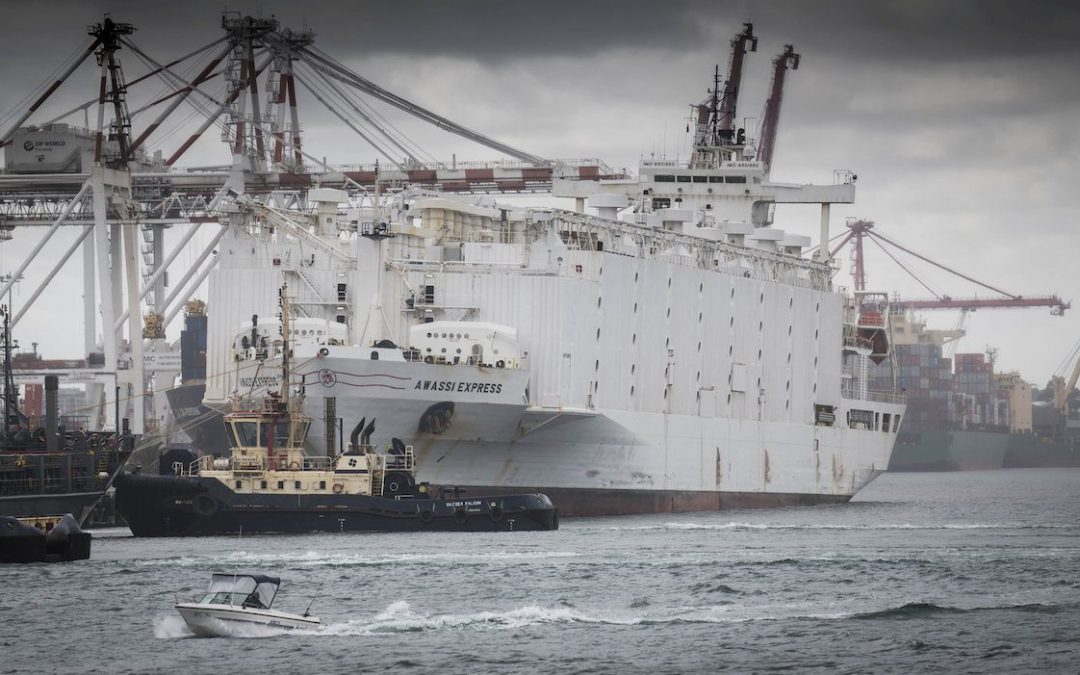The European Union’s food watchdog called for better shipping conditions for live animals such as cattle and pigs as pressure mounts to ban controversial cross-border trade.
About $22 billion of live animals are exported each year globally, and the EU is the biggest shipper. But there are growing calls to improve animal welfare and reduce the risks that diseased ones can pose to humans, especially after a series of high-profile accidents in recent years that led to thousands of animals being killed.
In advice to the European Commission, the European Food Safety Authority said animals need more space to reduce stress. Most cattle and pigs should be transported at temperatures below current limits of about 30 degrees Celsius (86 Fahrenheit), the EFSA said. It stopped short of recommending stricter limits on transportation times.
A number of incidents have drawn more attention to the risks if live transportation. Some 1,800 bulls starved to death or were eventually put down after a ship that left Spain in late 2020 became stuck at sea for months amid Covid-related disruptions. Thousands of livestock were left packed tight on ships when the Suez Canal was blocked last year. In 2019, 14,000 sheep drowned after a ship sank off of Romania.
More countries are limiting or phasing out the transportation of live animals altogether. New Zealand has said it will phase out the practice by 2023 and the UK has pledged to ban such trade. Animal rights activists at Compassion in World Farming are campaigning for live animal exports outside the EU to be banned.
The bloc exported 1.46 billion animals in 2020, or 81% of the global total, according to data from the United Nations’ Food and Agriculture Organization.
The EFSA’s advice will be used to support the commission’s review of animal welfare legislation, which is part of the EU’s so-called farm-to-fork sustainable food plan, with a proposal expected next year.
The farm-to-form strategy is coming under pressure as farming groups argue that the livestock industry is already facing higher costs from energy and inflation due to Russia’s invasion of Ukraine.
Source: gCaptain






